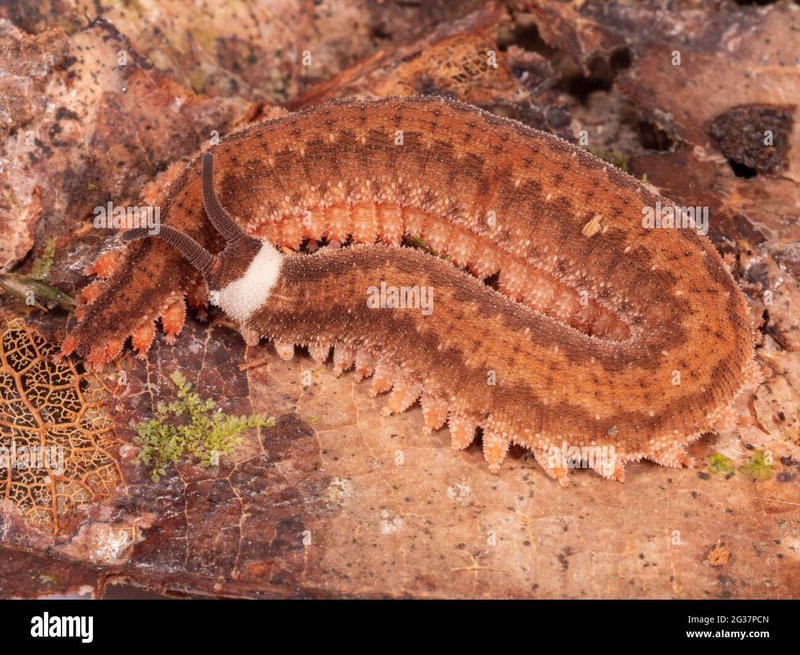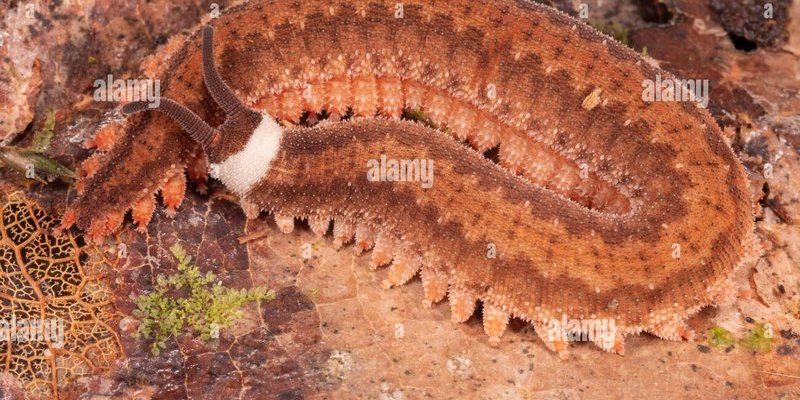
Picture a forest, filled with towering trees and a chorus of chirping insects. Beneath the leaf litter and among the damp soil, velvet worms thrive. Their homes, often found in protected reserves, shield them from many threats like habitat loss and climate change. Understanding these fascinating creatures can help us appreciate not just their unique biology but also the broader importance of forest conservation. So, let’s take a closer look at how their populations are supported in these safeguarded environments.
What Are Velvet Worms?
Velvet worms, scientifically known as *Onychophora*, are intriguing invertebrates found mainly in tropical rainforests. They have a rustic, almost alien appearance, with soft bodies covered in a velvety texture—hence the name. At first glance, you might think they resemble a cross between a worm and a caterpillar, but there’s much more to them.
These creatures can grow up to several inches long and have multiple pairs of legs, helping them navigate the forest floor. They are nocturnal hunters, often preying on insects and small invertebrates. But here’s the cool part: velvet worms have a unique method of hunting. They can squirt a sticky slime at their prey, immobilizing it before devouring it. Talk about a creative dinner!
You might be wondering why we should care about these quirky critters. Well, they are an essential part of the ecosystem, helping to regulate insect populations. Plus, they have been around for millions of years, providing valuable information about evolutionary biology.
Why Protected Reserves Matter
Protected forest reserves are critical for the survival of many species, including velvet worms. These areas provide safe habitats, shielding wildlife from the pressures of urban development, logging, and agriculture. When you think of a protected area, imagine a sanctuary where plants and animals can thrive without disruption from human activity.
In many places, velvet worms are facing threats due to habitat destruction. Without protected reserves, their populations could dwindle dangerously. These sanctuaries help maintain biodiversity, allowing different species to flourish together. In essence, protected areas act like nature’s safety nets, ensuring that delicate ecosystems remain intact.
Here’s the thing: when we safeguard these areas, we’re not only protecting velvet worms but also countless other species that share their habitat. The interconnectedness of life is profound, and each creature plays its part in the grand ecological orchestra.
Challenges Facing Velvet Worm Populations
Despite the safety nets that protected reserves provide, velvet worms still face some challenges. One of the biggest threats is climate change. Changes in temperature and precipitation patterns can disrupt their habitats, affecting their food sources and breeding cycles. Picture a velvet worm trying to survive in an environment that suddenly becomes too dry or too hot—it’s a tough world for these sensitive creatures.
Pollution is another significant issue. Chemicals from agricultural runoff or industrial activities can seep into their habitats, leading to a decline in their populations. Velvet worms are particularly vulnerable because they require clean, moist environments to thrive.
Additionally, increased human encroachment can lead to habitat fragmentation, making it harder for populations to connect and breed effectively. This can isolate groups, making them more susceptible to extinction.
The Role of Research in Conservation
Research plays a vital role in understanding velvet worms and their populations. Scientists study their biology, behavior, and habitats to gather data essential for conservation efforts. By observing how they interact with their environment, we can gain insights into their needs and how best to protect them.
For instance, researchers often conduct field studies in protected reserves to monitor velvet worm populations. By employing techniques like population sampling and habitat assessments, they can track changes over time. This data is crucial for developing effective conservation strategies.
Additionally, these studies shed light on the overall health of forest ecosystems. If velvet worm populations are thriving, it often indicates a healthy environment. Conversely, if they are in decline, it might signal broader issues that need addressing.
How You Can Help Velvet Worms
While you might not be able to head into the forest to study velvet worms personally, there are plenty of ways to help! Supporting conservation organizations that focus on wildlife preservation is a great start. Many of these groups work to establish and maintain protected areas, ensuring that velvet worms and other species have a safe place to live.
You can also spread awareness about the importance of biodiversity and the challenges faced by less-known species. Every little conversation can inspire someone to think about conservation differently.
Moreover, if you live near a forest reserve, consider participating in local clean-up efforts or educational programs. Getting involved with your community can make a significant impact, fostering a greater appreciation for all living things—yes, even those squishy, slime-shooting velvet worms!
The Future of Velvet Worms in Protected Areas
The future of velvet worms in protected forest reserves largely depends on our collective efforts toward conservation. It’s a bit like caring for a garden; it requires constant attention, nurturing, and sometimes a bit of weeding. As we continue to learn about these fascinating creatures, we can take steps to protect their habitats.
Strengthening policies that support the establishment of new protected areas is key. We can advocate for sustainable practices in agriculture and forestry, ensuring that human activity doesn’t encroach on critical habitats.
Ultimately, it’s about creating a balanced relationship with nature. By prioritizing biodiversity and protecting vulnerable species like velvet worms, we’re not just helping them; we’re also safeguarding the intricate web of life that sustains us all. Let’s work together to ensure that velvet worms continue to thrive in their precious forest homes.

